-
Posts
25.684 -
Joined
-
Days Won
300
Everything posted by Lion.Kanzen
-
.thumb.png.ce58cea22940c255f5b0a735d5abee36.png)
gameplays Age of Empires 2 stuff
Lion.Kanzen replied to Lion.Kanzen's topic in Introductions & Off-Topic Discussion
You can choose between crown of gold of silver to improve hoplites or archers. You can only choose one. Very similar to 0AD. -
Some minor details, like wings on the helmet, I'm even considering the mane, some hair that the coin version has.
-
-
It's not finished yet, but I'll be putting a lot of effort into the details. It takes time and patience more than effort.
-
.thumb.png.ce58cea22940c255f5b0a735d5abee36.png)
Civ: Dominate Romans (late Rome)
Lion.Kanzen replied to wowgetoffyourcellphone's topic in Delenda Est
-
.thumb.png.ce58cea22940c255f5b0a735d5abee36.png)
Civ: Dominate Romans (late Rome)
Lion.Kanzen replied to wowgetoffyourcellphone's topic in Delenda Est
-
.thumb.png.ce58cea22940c255f5b0a735d5abee36.png)
Civ: Dominate Romans (late Rome)
Lion.Kanzen replied to wowgetoffyourcellphone's topic in Delenda Est
-
Bellona Bellona (IPA: [bɛlˈloːna]) was an ancient Roman goddess of war. Her main attribute is the military helmet worn on her head; she often holds a sword, spear, or shield, and brandishes a torch or whip as she rides into battle in a four-horse chariot. She had many temples throughout the Roman Empire.[1] She is known for her temple outside of Rome being the official decision making centre in regards to war and for her bloodlust and madness in battle.[2] Her iconography was extended by painters and sculptors following the Renaissance. Bellona was originally an ancient Sabine goddess of war identified with Nerio, the consort of the war god Mars, and later with the Greek war goddess Enyo. Her temple in Rome was dedicated in 296 BC near the Circus Flaminius by Appius Claudius Caecus, during the war with the Etruscans and Samnites.[3] This temple was the first location to have decorative shields dedicated to mortals hung in a holy place. Appius Claudius hung the shields and dedicated them to his family.[5] Her festival was celebrated on 3 June, and her priests were known as Bellonarii and used to wound their own arms or legs as a blood sacrifice to her.[6] These rites took place on 24 March, called the day of blood (dies sanguinis), after the ceremony. In consequence of this practice, which approximated to the rites dedicated to Cybele in Asia Minor, both Enyo and Bellona became identified with her Cappadocian aspect, Ma.[7] https://en.m.wikipedia.org/wiki/Bellona_(goddess) The Roman Campus Martius area, in which Bellona’s temple was situated, had extraterritorial status. Ambassadors from foreign states, who were not allowed to enter the city proper, stayed in this complex. Since the area of the temple was outside the pomerium, the Senate met there with ambassadors and received victorious generals prior to their triumphs. Beside the temple was the war column (columna bellica), which represented non-Roman territory. To declare war on a distant state, a javelin was thrown over the column by one of the priests concerned with diplomacy (fetiales) in a modification of the archaic practice, from Roman territory toward the direction of the enemy land and this symbolical attack was considered the opening of war.[8] The first enemy declared in this fashion was Pyrrhus in 280 BC
-
.thumb.png.ce58cea22940c255f5b0a735d5abee36.png)
Civ: Dominate Romans (late Rome)
Lion.Kanzen replied to wowgetoffyourcellphone's topic in Delenda Est
Lots of ideas for Armory. -
-
.thumb.png.ce58cea22940c255f5b0a735d5abee36.png)
Narrative Campaign General Discussion?
Lion.Kanzen replied to Lion.Kanzen's topic in Gameplay Discussion
More regions of Murcia, less developed than one, have the natural aspect. If you are looking for Cartagena, there are not many natural areas. -
.thumb.png.ce58cea22940c255f5b0a735d5abee36.png)
Narrative Campaign General Discussion?
Lion.Kanzen replied to Lion.Kanzen's topic in Gameplay Discussion
Cartagena , Murcia, Spain. -
.thumb.png.ce58cea22940c255f5b0a735d5abee36.png)
Narrative Campaign General Discussion?
Lion.Kanzen replied to Lion.Kanzen's topic in Gameplay Discussion
-
.thumb.png.ce58cea22940c255f5b0a735d5abee36.png)
Narrative Campaign General Discussion?
Lion.Kanzen replied to Lion.Kanzen's topic in Gameplay Discussion
I found this a animation documentary about Carthago Nova. It's in Spanish. -
.thumb.png.ce58cea22940c255f5b0a735d5abee36.png)
Narrative Campaign General Discussion?
Lion.Kanzen replied to Lion.Kanzen's topic in Gameplay Discussion
Climate Cartagena has a transitional climate between the hot semi-arid climate and the hot desert climate, tending more towards the latter.[12] Its location near the sea moderates the temperature, and annual precipitation typically does not surpass 300 mm (12 in). Cartagena has never recorded any temperature below freezing (below 0 °C (32 °F)) since records began. The annual average temperature goes up to around 19.2 °C (67 °F). The coldest month is January, with an average temperature of 12.7 °C (55 °F). In August, the warmest month, the average temperature is 27.0 °C (81 °F). The wind is an important climatic factor in the region. The town was originally named Mastia. Possessing one of the best harbors in the Western Mediterranean, it was re-founded by the Carthaginian general Hasdrubal in 228 BC as Qart Hadasht ("New City"), a name identical to Carthage, for the purpose of serving as a stepping-off point for the conquest of Spain. The Roman general Scipio Africanus conquered it in 209 BC and renamed it as Carthago Nova (literally "New New City") . https://en.m.wikipedia.org/wiki/Cartagena,_Spain -
.thumb.png.ce58cea22940c255f5b0a735d5abee36.png)
Narrative Campaign General Discussion?
Lion.Kanzen replied to Lion.Kanzen's topic in Gameplay Discussion
Cartagena (Spanish: [kaɾtaˈxena] ) is a Spanish city and a major naval station on the Mediterranean coast. The Region of Murcia is located in the southeast of the Iberian Peninsula, on the coast of the Mediterranean Sea. It extends over the greater part of the hydrographic basin of the Segura River, thus constituting a well-defined geographical unit, except for the comarcas of the Sierra de Segura and the Campos de Hellín which were in the province of Albacete, Los Vélez in Almería and La Vega Baja in the province of Alicante, all belonging to the same basin. Approximately 27% of the Murcian territory consists of mountainous reliefs, 38% intermountain depressions and corridor valleys, and the remaining 35% of plains and high plateaus. The region is located at the eastern end of the Baetic System, being affected climatologically by an orography that isolates it from the Atlantic influence. Murcia predominantly has a hot semi-arid climate (Köppen climate classification: BSh) and a cold semi-arid climate (Köppen: BSk). However, parts of the southern coast of Murcia have a hot desert climate (Köppen: BWh). In addition, there are small areas in the interior that have a cold desert climate (BWk), a hot summer Mediterranean climate (Csa) and, to a lesser extent, a warm summer Mediterranean climate (Csb). https://en.m.wikipedia.org/wiki/Region_of_Murcia -
.thumb.png.ce58cea22940c255f5b0a735d5abee36.png)
Narrative Campaign General Discussion?
Lion.Kanzen replied to Lion.Kanzen's topic in Gameplay Discussion
@wowgetoffyourcellphone You probably need to add a yellowish tone and it would be a Spanish variant. -
-
.thumb.png.ce58cea22940c255f5b0a735d5abee36.png)
Planned Disruption - Migration to git and Gitea
Lion.Kanzen replied to Itms's topic in Announcements / News
Starting from 3 it is step 1 for me. Thank you Obelix. Keep that information work. -
I need to redo this one, but I need to improve the Helm, it was underdone, it doesn't look as authentic, I didn't have enough references. She appears to be a very thin goddess, generally plumper with a more Germanic style than an Italian or Mediterranean woman. The chin is thinner, more manly.


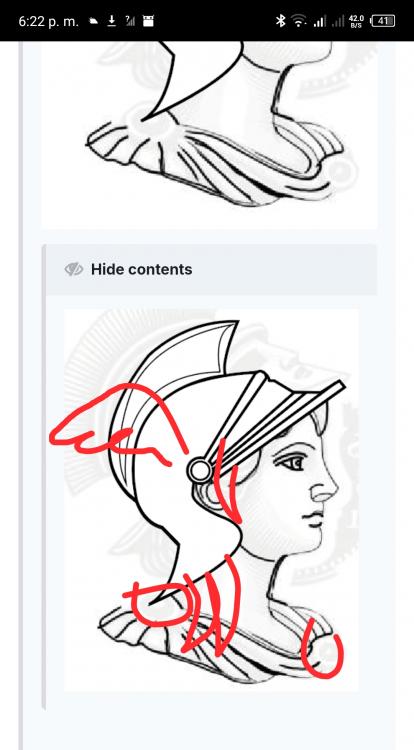
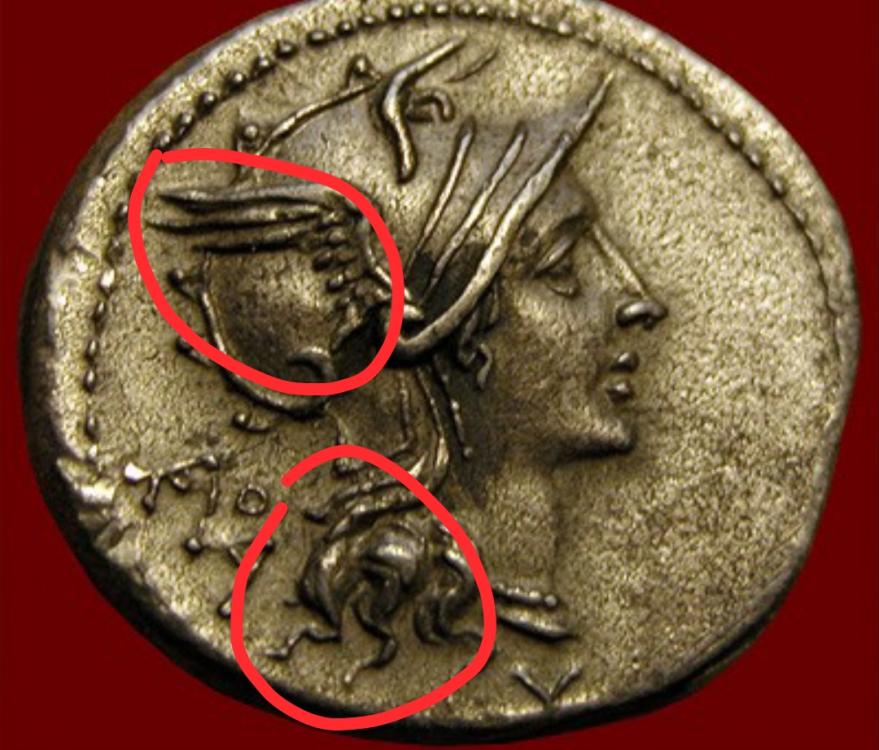
.thumb.png.5781369ac9045d04e03dd333f3d4e47b.png)
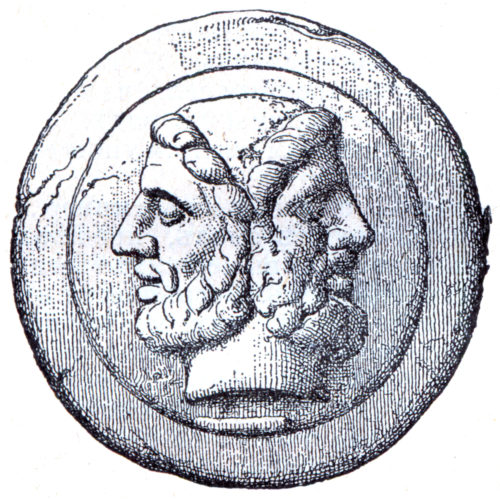

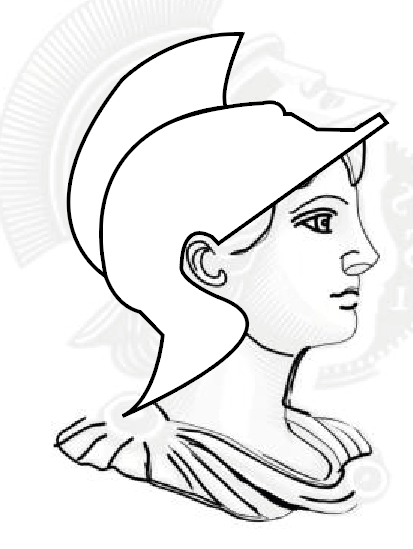
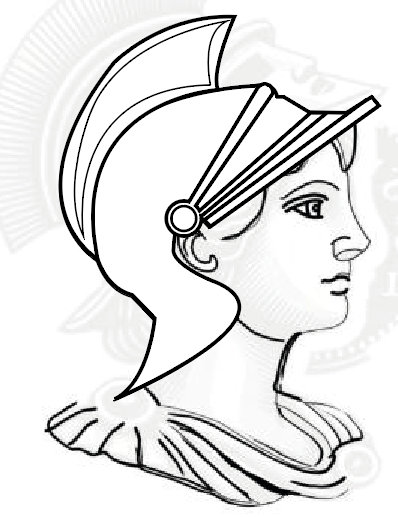
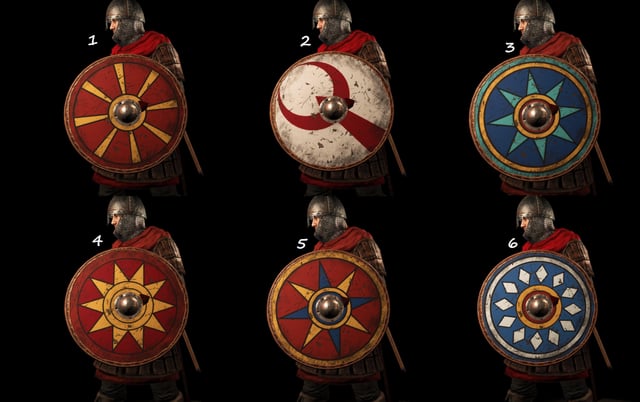

.thumb.jpeg.5349aec7a159d7ff7a97969a38aaa949.jpeg)
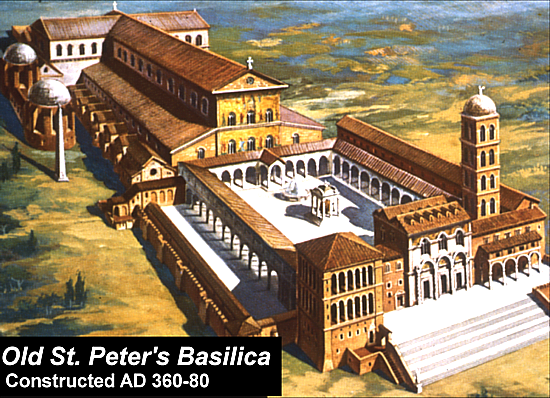
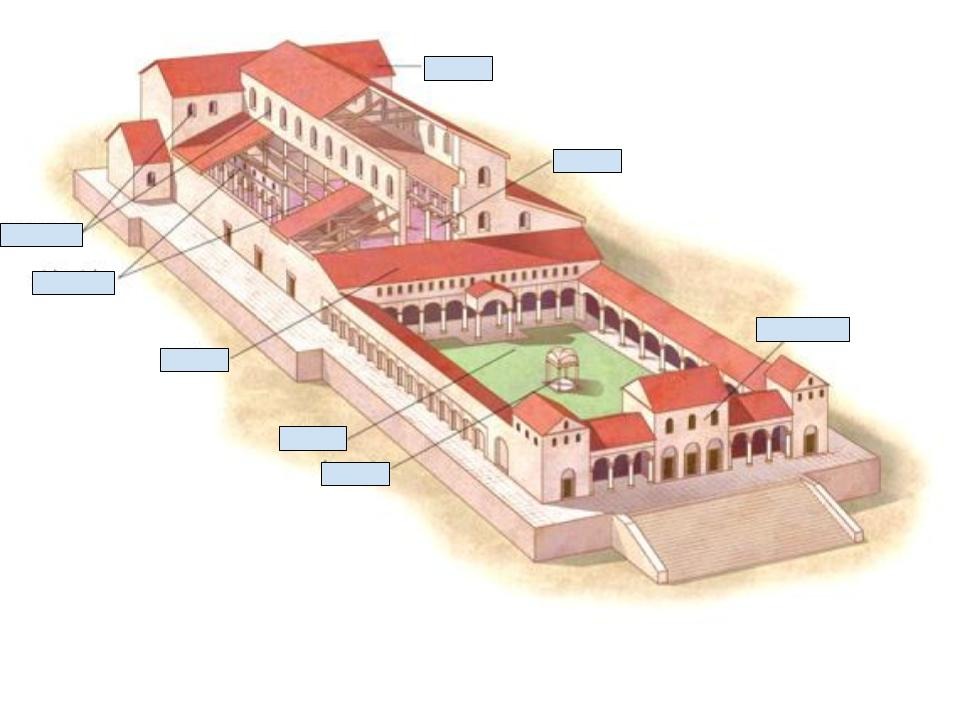
.thumb.jpg.8bfb278eeb2324ac21a4767656c600d9.jpg)
.jpeg.91374ff6946c9d8d8a1917c73e86635a.jpeg)
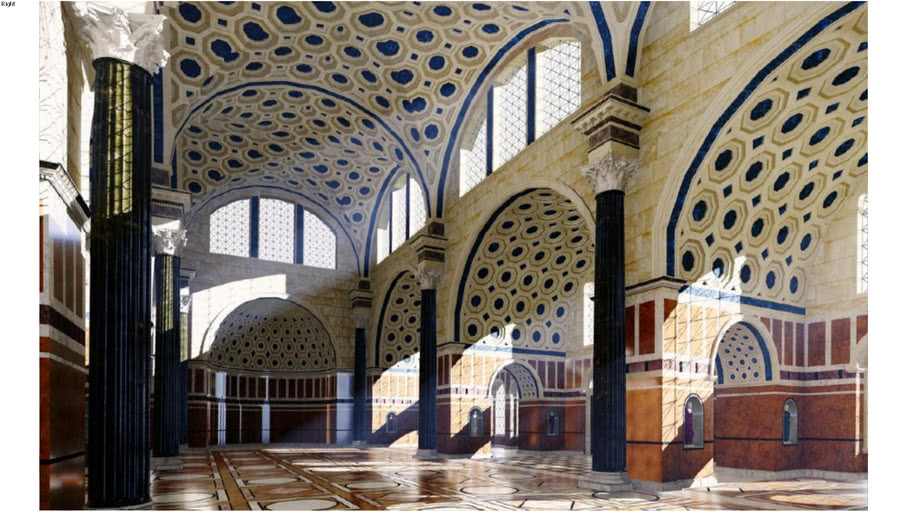
.jpeg.86158e4ef186e551bb66c21d87b9e582.jpeg)
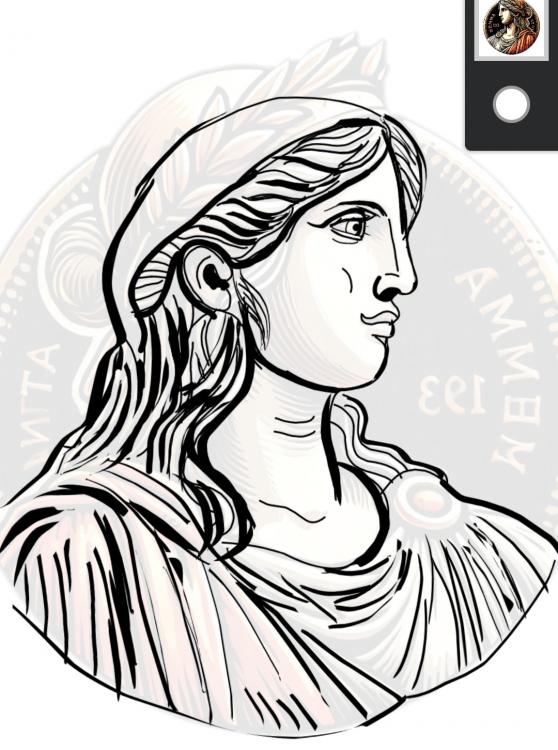
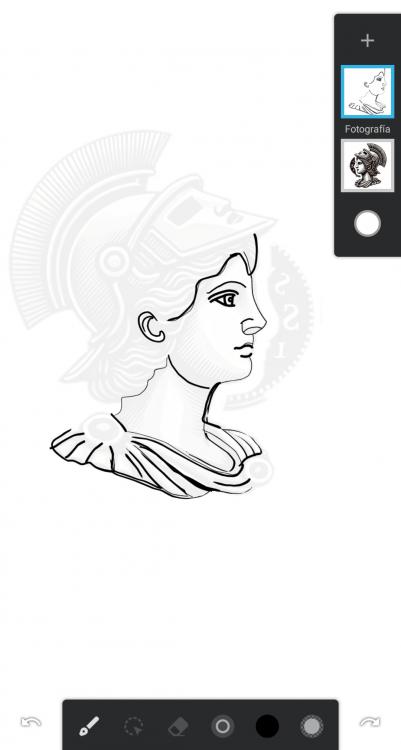
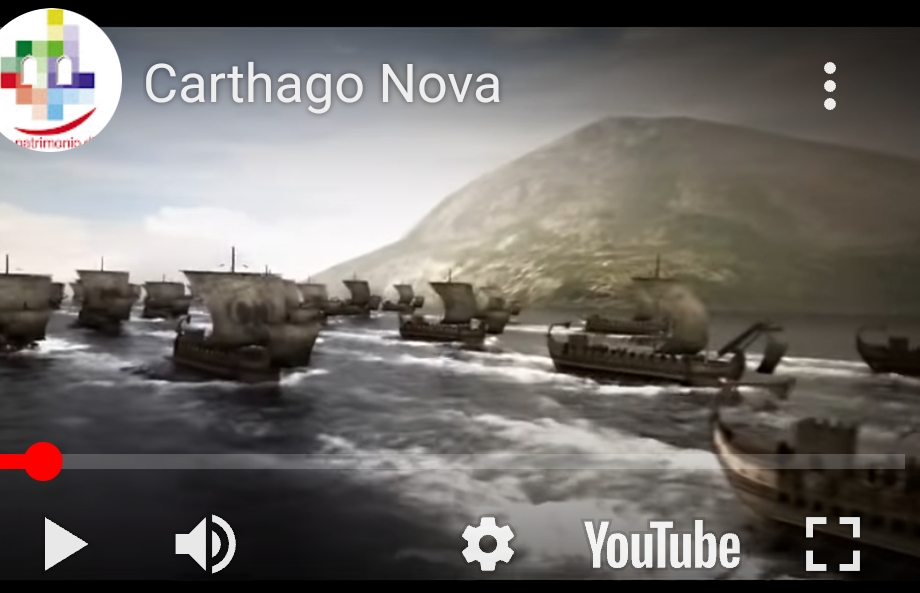
.jpeg.4300cce3794b09965a4f6cf942db73cf.jpeg)
.jpeg.ad27b4f0ab28b06f20ed8760b99356b7.jpeg)
.jpeg.df282373a5361918e402304da1837bd0.jpeg)
.thumb.jpeg.f3609712e3ef50a2e1db9e1aae7144c0.jpeg)
.thumb.jpeg.d61581a71e542046df6496c5f8797280.jpeg)
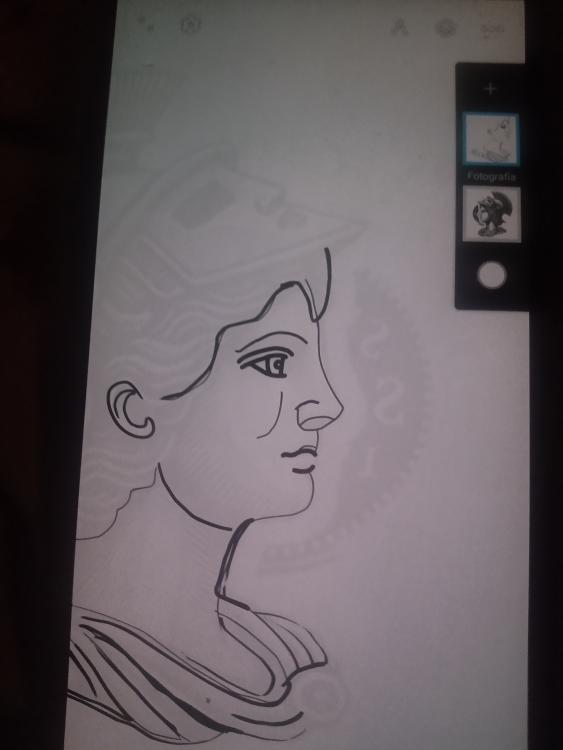
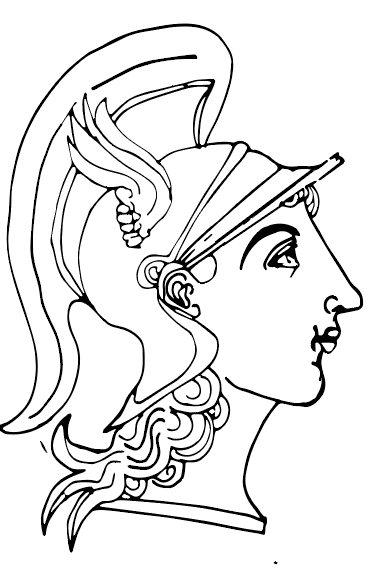
.jpeg.a46d49592577cc3db3974a58a71f67bf.jpeg)